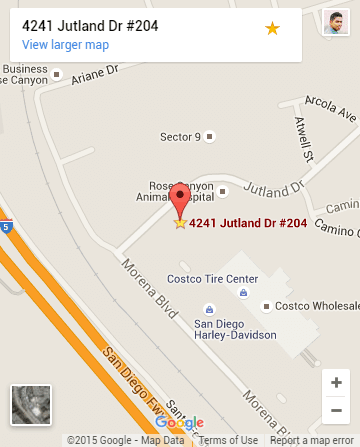A sales funnel is a buying process that companies lead customers through as they are purchasing services or products. A sales funnel is divided into several steps, which differ depending on the particular model. Today, the term largely refers to online sales funnels, which may be used to supplement or replace a traditional website altogether. But sales funnels didn’t begin as anything related to the internet. They’ve actually been around for over a hundred years, and they’ve been consistently delivering results the whole time! Read on to learn about the history of sales funnels, and the AIDA model that they’re derived from.
To understand the origins of the digital marketing sales funnel, you have to go all the way back to E. St. Elmo Lewis, who was born in 1872. He founded an advertising agency in 1896, and that’s where he came up with the AIDA-model. “AIDA” is an acronym that stands for Awareness, Interest, Desire, and Action. Here’s a general representation of how the model works:
Awareness is when the consumer becomes aware of a service, product or brand (known here as “the subject”). This usually occurs through advertising.
↓
Interest is when the consumer becomes interested in the subject by learning about what it offers as benefits, and how it can fit into their own lifestyle.
↓
Desire is when the consumer forms a favorable opinion towards the subject.
↓
Action is the point from when the consumer forms a purchase intention for the subject, requests more information or a free product, or makes a purchase
AIDA fits into a larger class of models that are known as “hierarchy of effects models” or “hierarchical models”. These are all based on the assumption that consumers will move through a series of steps or experience specific stages when they make their purchase designs. The underlying theory is people move through a consistent series of cognitive/thinking and affective/feeling stages that result in the behavior of purchasing the subject in question.
Back in the days of E. St. Elmo Lewis, the awareness stage could have been a sign in the window of the local general store. Perhaps it featured a new tonic to help cure all kinds of ails. The interest stage would be include consumers visiting the store, asking to learn more about the tonic. They would move to the desire stage upon realizing that it could help their headache, sour stomach, or other common complaint. The action stage would be the purchase and subsequent use of the tonic.
Today, these steps have been modified, built upon, and transformed into online sales funnels. The same principles remain, but there are additional steps within the funnel that make the progress to the next step even more likely. Each is linked to the next with one specific action – your only choice is to move forward to the next step, or leave the funnel entirely. Awareness is built from online PPC ads and Infusionsoft email marketing campaigns. These ads usually promote the lead magnet – a resource or product that you offer for free, in exchange for someone’s contact information. Not everyone will proceed to the end of the funnel, but you’re maximizing the odds that some people will.
Are you convinced yet of the power of the sales funnel? If you want to build one, we want to help. Contact Increase Your Profits today – click here to schedule your discovery call.




